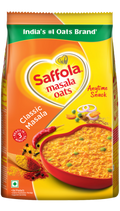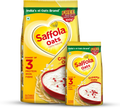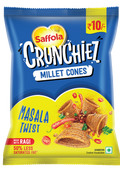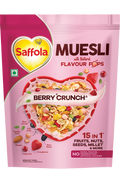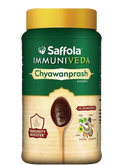28 May, 2024

5 min

22
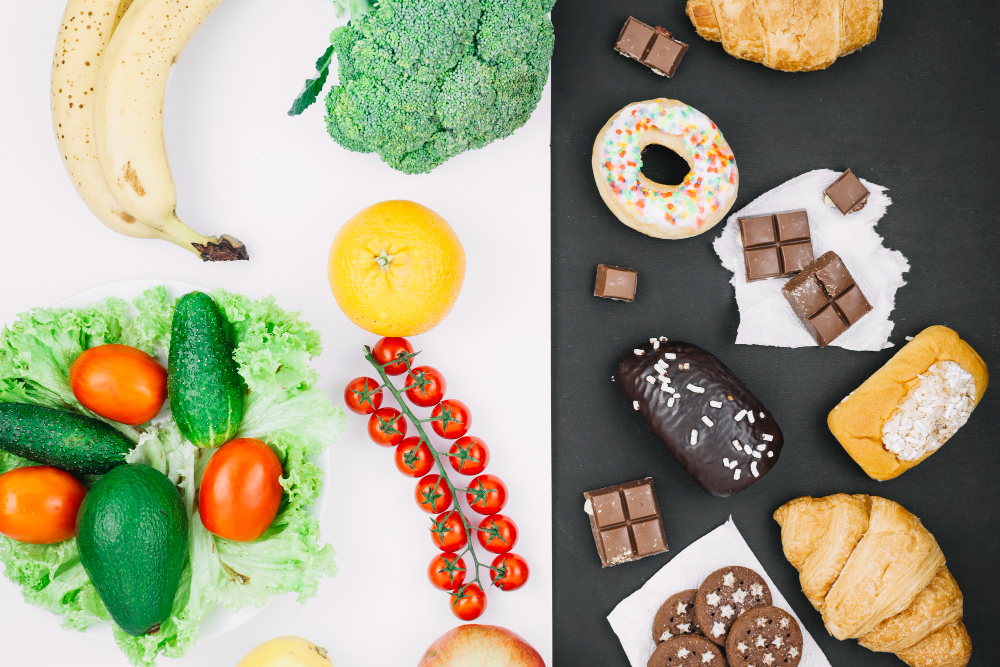
Ever heard someone say "avoid fats" for better health? But then you see headlines about "good cholesterol"? Confusing, right? But don’t worry, this blog will clear up some of the confusion.
Both fats and cholesterol are actually part of a bigger group of molecules called "lipids" that play different roles in your body. We'll explore the different types of lipids, dive into the difference between cholesterol and fats, and explain why some fats are good for you, while high cholesterol can be a problem. Stay tuned to separate fact from fiction and get the lowdown on healthy fats.
What Are the Different Forms of Lipids and What Do They Do?
Our bodies rely on a fascinating group of molecules called lipids for a variety of important tasks. Let's explore the different types of lipids and how they keep us functioning.
1. Fatty Acids (Saturated and Unsaturated)
These forms of lipids are the building blocks of many lipids. They're like long chains of carbon atoms with an acidic group on one end. Fatty acids come in two main varieties: saturated and unsaturated. Saturated fats have all their carbon bonds filled with hydrogen, making them solid at room temperature. Unsaturated fats have at least one double bond between carbon atoms, creating a kink in the chain and making them liquid (like vegetable oil). Both types provide energy, but unsaturated fats are generally considered healthier for your heart.
2. Glycerides (Glycerol-containing Lipids)
Imagine fatty acids attaching themselves to a sweet molecule called glycerol. This is the basic structure of a glyceride, the most abundant form of lipid. The most common type is triglyceride, where three fatty acids connect to glycerol. Triglycerides are the body's main way to store energy – they're like tiny fuel tanks.
3. Non-Glyceride Lipids (Sphingolipids, Steroids, Waxes)
This diverse group doesn't involve glycerol. Sphingolipids help form cell membranes in the nervous system. Steroids, like cholesterol, have a crucial role in cell membranes and hormone production. Waxes, found on feathers and skin, provide waterproofing and protection.
4. Complex Lipids (Lipoproteins, Glycolipids)
These are essentially teamwork between lipids and other molecules. Lipoproteins are like little packages carrying cholesterol and triglycerides through the bloodstream. Glycolipids have a sugar molecule attached, playing a role in cell recognition and communication.
Difference Between Dietary Cholesterol and Blood Cholesterol
Before we delve into cholesterol vs. fats, it is important to understand the distinction between dietary cholesterol and blood cholesterol.
1. Dietary Cholesterol
Refers to the cholesterol found in the foods you eat, primarily in animal products such as meat, poultry, fish, eggs, and dairy products. Plant-based foods do not contain cholesterol. When you consume these foods, you also ingest the cholesterol they contain.
2. Blood Cholesterol
Refers to the cholesterol that circulates in your bloodstream. It's produced by your liver and also comes from the cholesterol in the foods you eat. Cholesterol is carried in the blood by lipoproteins, including low-density lipoprotein (LDL) and high-density lipoprotein (HDL). LDL cholesterol is often referred to as "bad" cholesterol because it can build up in the walls of your arteries, leading to atherosclerosis, while HDL cholesterol is often called "good" cholesterol because it helps remove LDL cholesterol from the bloodstream.
The relationship between dietary cholesterol and blood cholesterol levels is complex. For some people, dietary cholesterol can modestly raise blood cholesterol levels, particularly LDL cholesterol. However, for many individuals, dietary cholesterol has a limited impact on blood cholesterol levels compared to other factors such as saturated and trans fats in the diet, overall dietary patterns, genetics, and lifestyle factors like physical activity.
Cholesterol vs. Fats - Breaking down Their Differences
Understanding the differences between cholesterol and fats is crucial for comprehending their distinct impacts on human health. While both play essential roles in bodily functions, their functionalities and effects vary significantly.
1. Functional Differences
Blood cholesterol serves primarily as a structural component in cell membranes and plays a crucial role in the synthesis of hormones, bile acids, and vitamin D. It acts as a precursor for various essential substances in the body. Consumption of dietary cholesterol from dairy and non-vegetarian sources will impact your blood cholesterol levels. The key is balancing the ratio of blood cholesterol (LDL/HDL) to reap the functional benefits of cholesterol.
On the other hand, fats primarily function as a concentrated energy source, providing the body with a highly efficient form of energy storage. They assist in absorbing fat-soluble vitamins (A, D, E, K), insulate to maintain body warmth and shield vital organs from physical impact.
2. Role in Human Health
Optimal levels of blood cholesterol are essential for maintaining proper cell function, hormone synthesis, and nerve signalling. However, imbalances like high LDL ("bad") and low HDL ("good") cholesterol, heighten the risk of heart diseases like heart attacks and strokes.
Dietary fats play vital roles in the body, facilitating vitamin absorption, skin and hair health, temperature regulation, and brain function. However, the type and quantity of fats consumed greatly affect overall health, with excessive unhealthy fats like saturated and trans fats leading to various health issues.
3. Dietary Recommendations
It's crucial to balance blood cholesterol by opting for healthy sources like nuts, seeds, avocados, and oily fish while limiting saturated and trans fats found in processed foods to maintain heart health. Fats should be consumed in moderation, with an emphasis on unsaturated fats like those found in fish, nuts, olive oil, and seeds. Saturated fats from sources like red meat and dairy should be limited, as they can raise LDL (bad cholesterol) levels.
The Takeaway
In conclusion, understanding the difference between blood cholesterol and fats, both essential forms of lipids, is crucial for making informed dietary choices. To maintain optimal health, it's vital to strike a balance, opting for healthier fat sources and limiting intake of saturated and trans fats. For healthy fat intake, consider incorporating Saffola oils, which boast a balanced ratio of monounsaturated and polyunsaturated fats, in addition to its LOSORB technology that helps with lesser oil absorption in foods.



